- Hot&Cold Technology and new technical features
- The new line is available and it will be presented at Mecspe 2019
Sidebar
Architecture
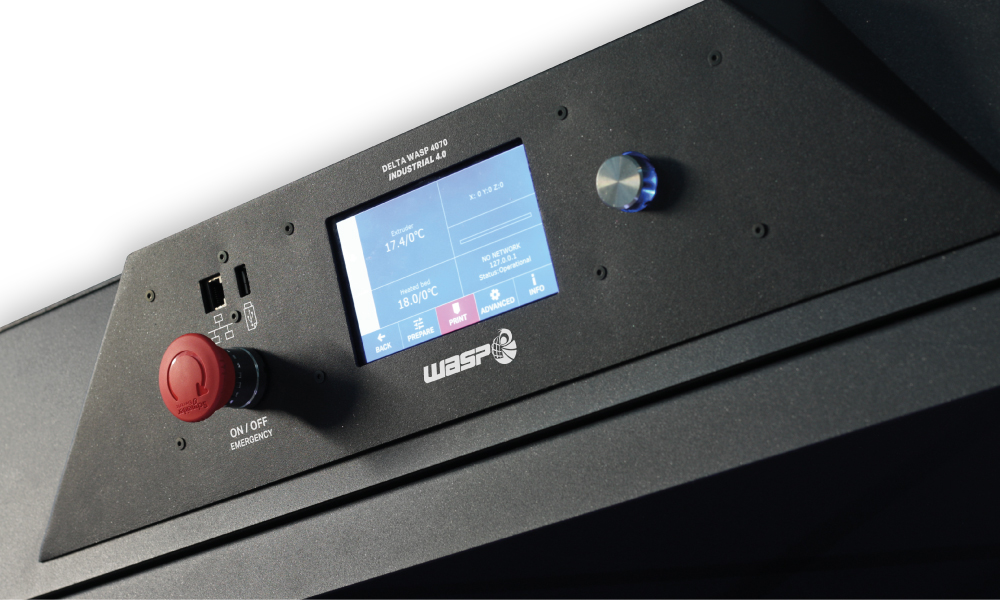
WASP brings the 3D printing at Milano Design Week 2019
From 8th to 14th April projects 3D printed with Delta WASP will be on stage in collaboration with important signatures of international design.
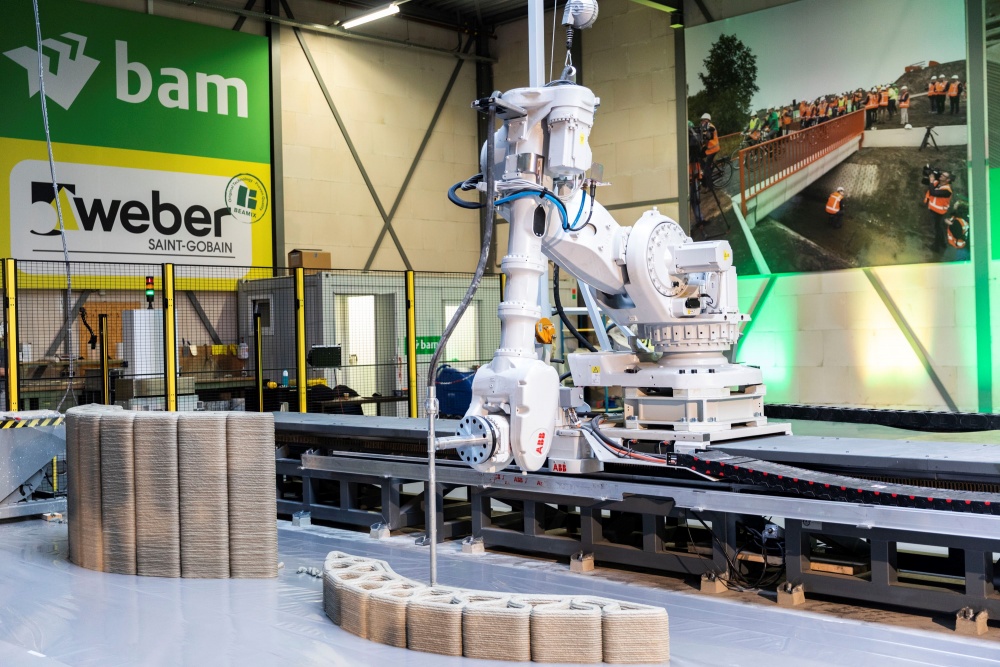
Weber Beamix and BAM Infra open 3D concrete printing facility
The experiment over. The first 3D structural printed concrete bridge in the world (Gemert) deserves a continuation. And that sequel is there. In Eindhoven. Europe's first commercial, industrial production site for 3D printing of concrete elements for construction. More, bigger, faster and more efficient. Everything aimed at scaling up in all areas. Market leaders Weber Beamix and BAM Infra therefore opened their 3D concrete printing facility, 15 January 2019.
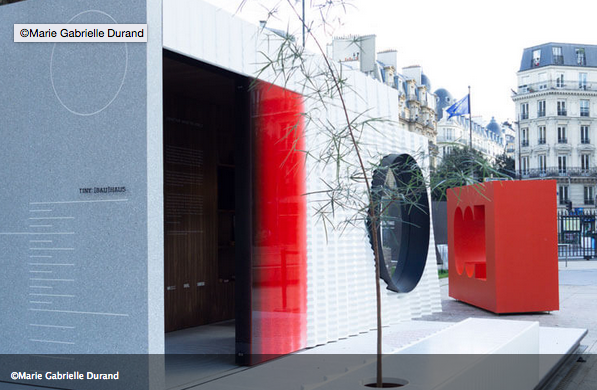
Bauhaus in the digital age
Data is the building material in the digital age
I have a long admiration for the Bauhaus period, sharing its fascination for craftsmanship and innovation. Designers were given modern tools, which inspired to re-interpret possibilities and pursue new ideas and create a new vocabulary for contemporary products.

Make your design reality with Aectual Technology
We work for a range of clients in architecture, real estate, design, and construction, on large scale bespoke 3D printed architectural products. Aectual Floors, Space Dividers, Facades and Formwork provide limitless design possibilities in sustainable materials, that are an exact fit to your space and brand.
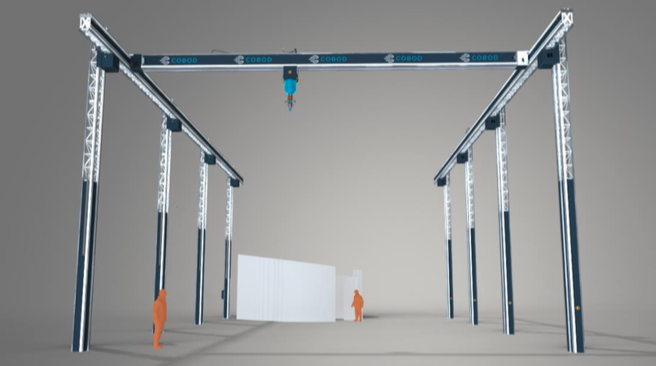
The largest 3D construction printer in the world sold by COBOD to Saudi Arabia
- Saudi Arabian construction company, Elite for Construction & Development Co., placed the order last week
- COBOD will deliver the BOD2 3D construction printer end of May and the 3D printer will be the first of its kind in the country
- The printer will be the biggest in the world and be able to print buildings of 12m (w), 27m (l) and 9m (h)
- Three storey buildings of more than 300 square meters per storey can be made with the printer in one go
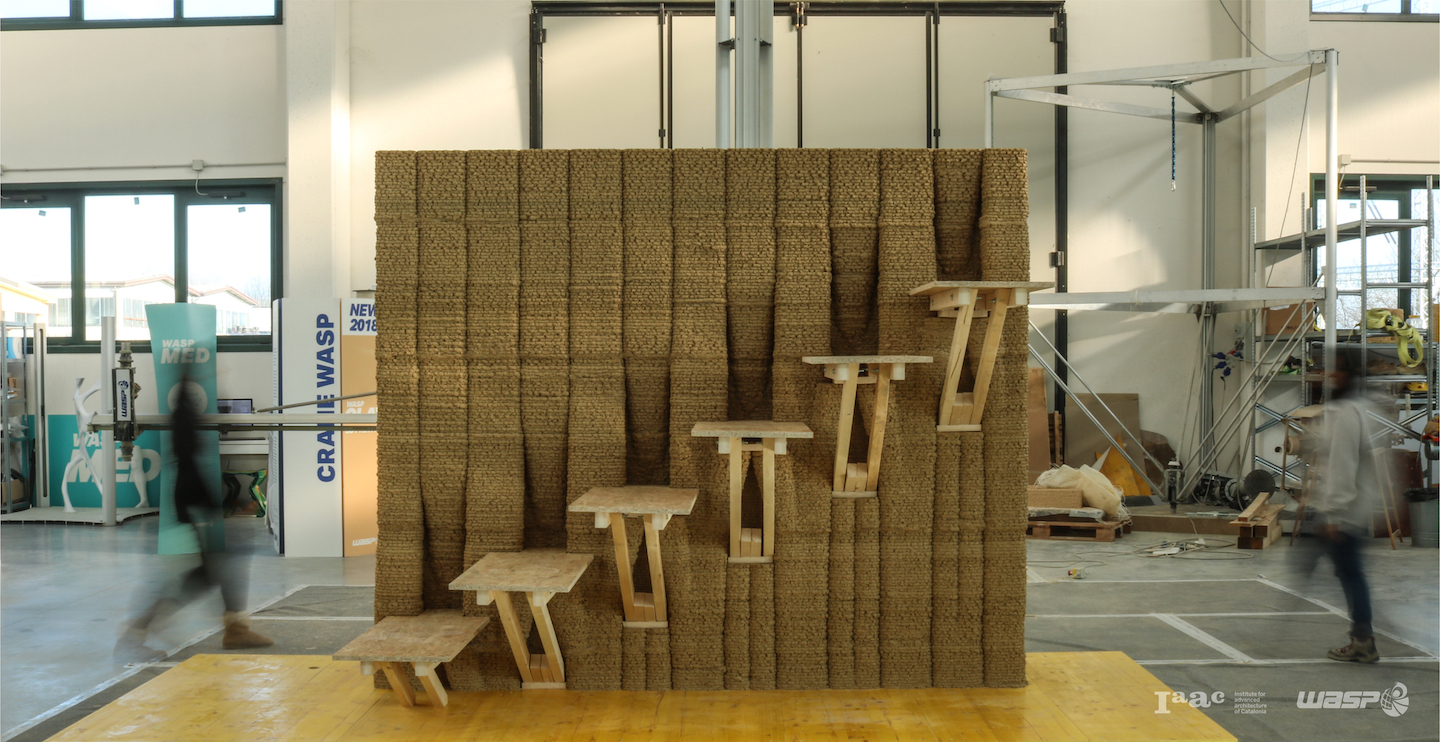
3D printed earth wall with embedded staircase
IAAC and WASP develop new 3D printing strategies towards the realization of load-bearing earthen structures
IAAC and WASP present an innovative prototype of a 3D printed wall designed and engineered by IAAC and realised by Crane WASP within the Open Thesis Fabrication research (OTF), a programme of the Institute for Advanced Architecture of Catalonia (IAAC) focused on additive manufacturing in the field of construction.
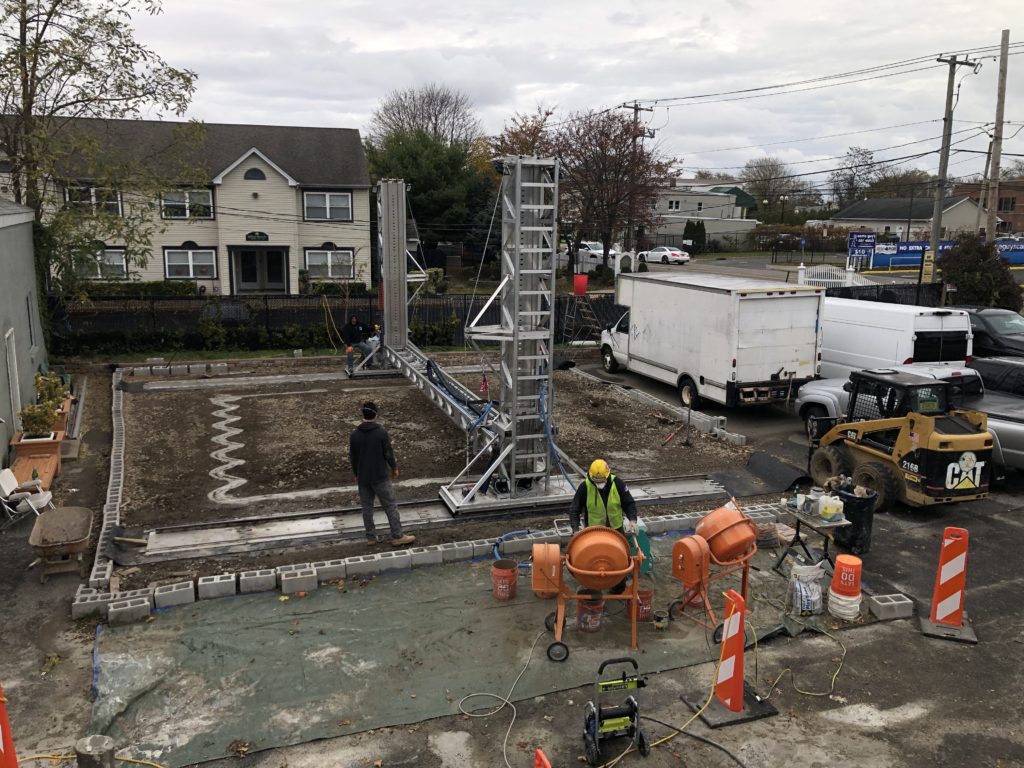
S-Squared Unveils World's Largest 3D Printer
After years of research, development, and capital investment, S-Squared 3D Printers (SQ3D) is proud to present its patent pending Autonomous Robotic Construction System, (ARCS). ARCS takes a completely new and futuristic approach to traditional construction. This machine builds everything from homes and commercial buildings, to infrastructure such as roads and bridges.

CCC: 3D Printed Homes Set to Become Mass Production Solutions
The world's first realistic approach to the mass production of 3D Printed Houses has been successfully piloted in Saudi Arabia, with the pioneering creation of a unique 3D Printed House Prototype taking 3D printing technology into mainstream construction.
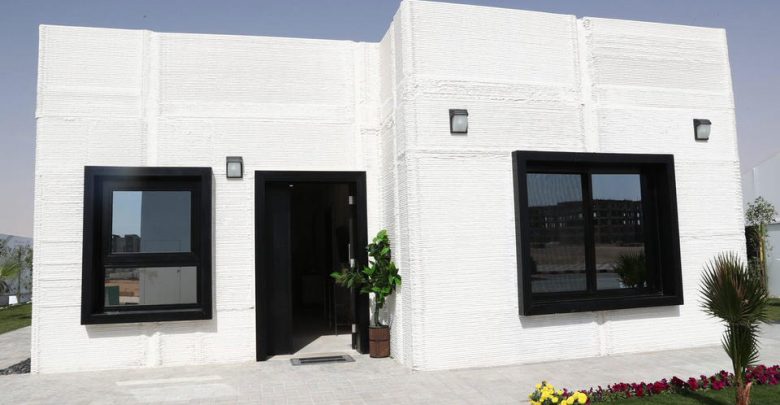
First 3D printed house in Saudi Arabia
The National Housing and Industrial Development and Logistics Program has announced the Kingdom’s first house built using 3D printing technology. The program’s aim is to keep abreast of technological progress worldwide in the construction industry, and to promote the adoption of innovative techniques and the Saudization of the industry in the Kingdom.
Promoting additive manufacturing in construction: Joint venture for Formnext and TU Darmstadt
In order to promote the use of additive manufacturing in the construction industry as well, Formnext and the Technical University (TU) Darmstadt have agreed on a joint venture. This means that in the next few years the construction industry will become a stronger theme of the leading international trade fair for additive manufacturing and the next generation of industrial production. At the same time, Formnext is getting involved as a sponsor of the Built Environment – Additive Manufacturing Symposium (BE-AM) launched by TU Darmstadt, which brings together key players from the construction industry and architecture on a regular basis and concerns itself extensively with the additive development in this sector.

 Deutsch (Germany)
Deutsch (Germany)  Polski (PL)
Polski (PL) 






